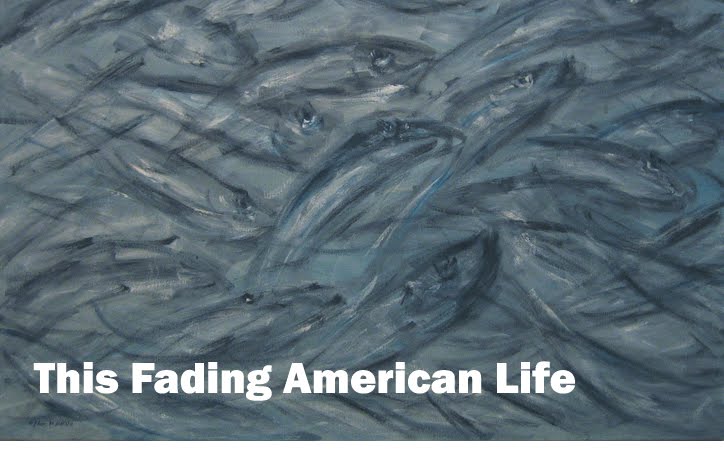Molly Easo Smith, president of
Manhattanville College,
grew up in India
As colleges in the United States race to expand study-abroad programs and even to create campuses overseas, they are also putting an international stamp on the president’s office.
The Association of American Universities, which represents most of the large research campuses in the United States and Canada, said that 11 of its 61 American member institutions have foreign-born chiefs, up from 6 in 2005. In the past two months, three colleges in the New York region have appointed presidents born abroad: Cooper Union tapped a scholar originally from India; Seton Hall University, a candidate from the Philippines; and Stevens Institute of Technology, a native of Iran.
The globalization of the college presidency, higher-education experts say, is a natural outgrowth of the steady increase of international students and professors on American campuses over the past four decades. And it will most likely lead to more relationships and exchanges abroad, they say, while giving students a stronger sense that they are world citizens — a widely advertised goal in academia.
This demonstrated the strength of the US - the ability to attract the best talents in the world. Yet, that only tells the half of the story. One has to ask where are the home-grown talents? The answer might lie in the other article published by San Francisco Chronicle: Stanford drops list of 'easy' classes for athletes.
A drama class in Beginning Improvising and another in Social Dances of North America III were among dozens of classes on a closely guarded quarterly list distributed only to Stanford athletes to help them choose classes.
The list, which has existed since at least 2001, was widely regarded by athletes as an easy class list. More than a quarter of the courses on the list did not fulfill university general education requirements.
The classes on the list were "always chock-full of athletes and very easy A's," said Kira Maker, a soccer player who used the list her freshman year.
Stanford officials say the list was designed to accommodate athletes' demanding schedules and have disputed that it was made up of easy courses. But officials discontinued it last week after reporters began asking about it.
Titled "Courses of Interest," the list was distributed by the Athletic Academic Resource Center. Advisers in other university departments said they were unaware such a list existed.
Stanford has long mandated equal scholastic footing among all undergraduates, including athletes. Many of its student athletes, in fact, have distinguished themselves in the classroom, notably football stars Andrew Luck, who has a 3.5 GPA, and Owen Marecic, who plans to graduate this year with a degree in human biology.
The university's hard-line approach has rankled some coaches over the years who have watched talented recruits go elsewhere because they didn't measure up to Stanford's academic standards.
But some faculty and students say the list may have offered an academic advantage for the athletes who requested it - especially since the general population was unaware it was available.
Austin Lee, director of academic services at the Athletic Academic Resource Center, disagreed that the classes were easier than others at Stanford.
For too long, easy classes are offered not only in elite universities for elite athletes in the US. Comparing our middle school and high school text books to those used in other countries which place more importance on education, it is not exaggerating that our classes are almost all easy classes, particularly those in Mathematics and Sciences. The wink wink leniency like that in Stanford exists in China too - one of my six roommates was an athlete and he often get a pass in courses he should have failed. The difference is that athletes in universities there are not big deal and they were never much admired and treated as role models as here.
With the machetes being wielded towards educations of all levels in all corner of the US, is it really a stretch to say that in several years time, the products of hour schools and universities would lag far behind our many competitors? We can still produce food servers, physical therapists, and bureaucrats. But scholars and scientists? No worry, there are enough people from other countries to fill the voids. Our economy will continue to grow, as long as we continue to shop.






No comments:
Post a Comment